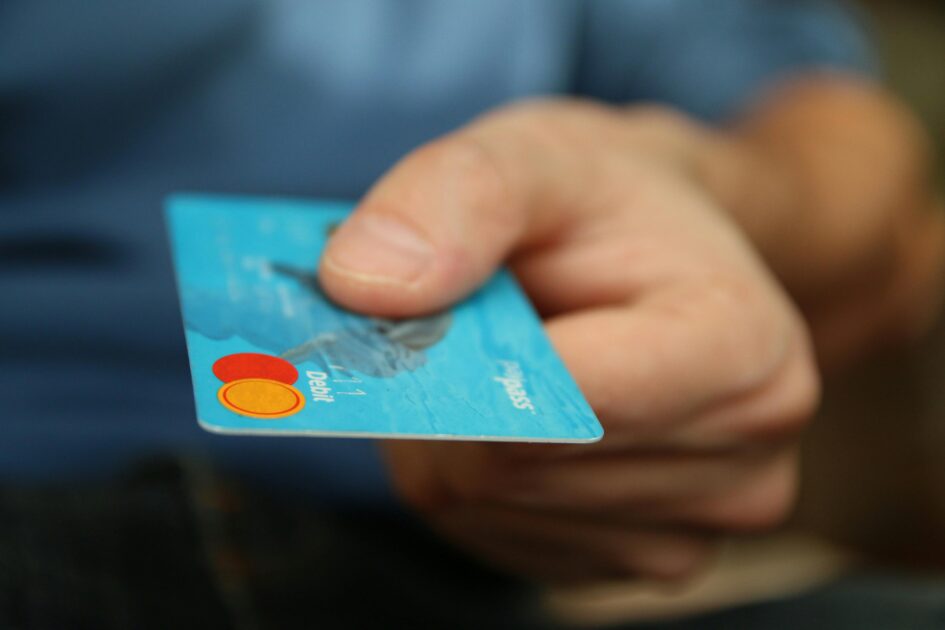10 Most Common Mistakes When Starting Online Shopping
Starting to shop online is exciting, but a few early missteps can cost time, money, and peace of mind. Below are the ten mistakes beginners make most often, explained in a friendly, no-nonsense way, with quick fixes you can use right away.
1. Skipping seller and site verification
Buying from unknown sites or unverified sellers invites scams, poor service, or non-delivery.
Fix: Stick to reputable marketplaces or official brand stores at first; check contact info, HTTPS, and basic reviews before paying.
2. Ignoring the full price (shipping, taxes, fees)
A low product price can disappear once shipping, taxes, or import fees are added at checkout.
Fix: Always check the final total before committing and compare all-in costs across sellers.
3. Trusting a single review blindly
One glowing or angry review rarely tells the whole story; extremes can mislead.
Fix: Look for patterns across many reviews and pay attention to recent comments and photos from buyers.
4. Overlooking return and refund policies
Buying without knowing return windows, who pays return shipping, or restocking rules leads to headaches.
Fix: Read the returns section before purchase and keep records of order confirmations in case you need them.
5. Using weak passwords and reusing accounts
Weak, repeated passwords make accounts vulnerable to hacks and fraud.
Fix: Use a password manager, create unique strong passwords for shopping accounts, and enable two-factor authentication.
6. Not checking sizing or product specifications
Assuming sizes or materials are “standard” causes ill-fitting clothes and disappointing products.
Fix: Study size charts, measure yourself, and read the specs carefully; when in doubt, buy one item to test fit first.
7. Falling for fake discounts and urgency tactics
Countdowns and “limited stock” labels can pressure you into impulsive buys that you later regret.
Fix: Pause, compare prices across sites, and use price-history tools or wishlists to wait for genuine deals.
8. Neglecting secure payment methods
Sharing card details on questionable pages risks fraud and stolen funds.
Fix: Prefer credit cards or trusted digital wallets; avoid direct bank transfers to unknown sellers and confirm the site uses HTTPS.
9. Ignoring shipping and tracking details
Not tracking shipments or failing to note expected delivery windows can lead to missed packages or confusion.
Fix: Save tracking numbers, set delivery alerts, and consider signature-required delivery for valuable items.
10. Forgetting about customer service and support
Buying from sellers with poor or non-existent support makes returns, refunds, and disputes much harder.
Fix: Test sellers by checking response times in Q&A sections or contacting support with a simple question before purchase.
Friendly closing tip
Treat your first few online purchases as low-risk experiments—start with smaller items from trusted sellers, practice checking the details above, and build confidence slowly. Small habits like saving receipts, using strong passwords, and reading return policies will make online shopping easy, safe, and enjoyable.
